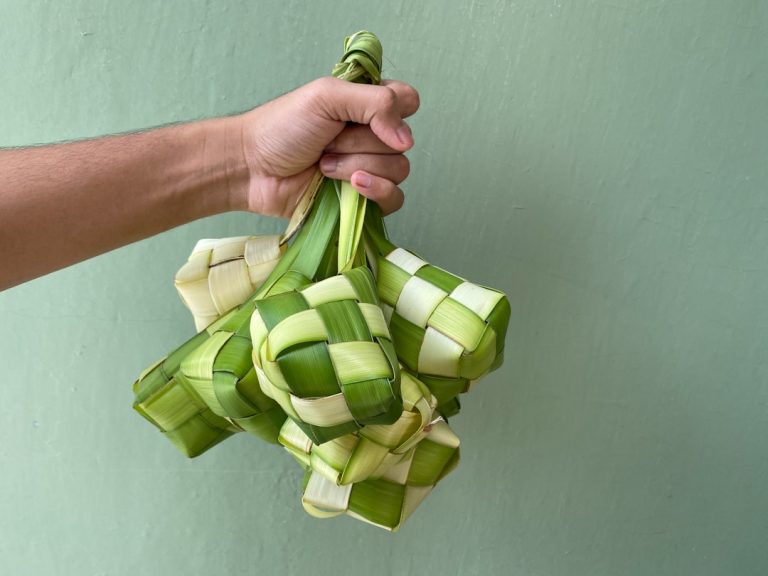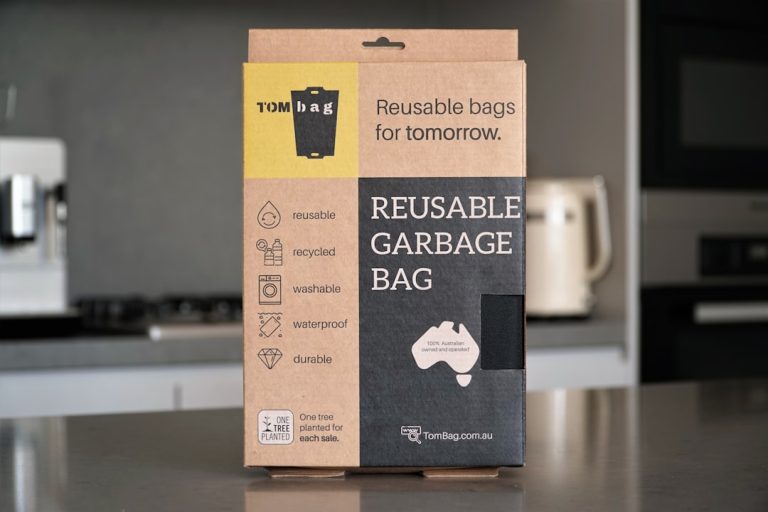The Best Practices I Follow for Reducing Food Waste at Home.
The Best Practices I Follow for Reducing Food Waste at Home
For me, reducing food waste isn’t just a trend; it’s a fundamental part of how I run my kitchen and contribute to a more sustainable lifestyle. Over the years, I’ve refined a set of practices that have not only significantly cut down on the amount of food I throw away but have also saved me money and made my cooking more intentional and creative. It’s a journey of continuous learning, but these core strategies have become second nature, transforming my approach to everything from grocery shopping to meal prep.
I remember a time when my fridge was a graveyard of forgotten produce and my pantry held mysterious jars past their prime. The guilt weighed on me, and I knew I had to make a change. What started as a conscious effort has evolved into an intuitive system that now feels incredibly rewarding. Let me walk you through the very best practices I follow, hoping they inspire you to find your own rhythm in the fight against food waste.
My Strategic Blueprint for Mindful Grocery Shopping and Meal Planning
The battle against food waste, in my experience, is often won or lost before I even step foot in the grocery store. My proactive planning is the cornerstone of my entire system. It’s about being deliberate, not impulsive, and truly understanding what I need versus what I simply want.
Crafting My “Use-It-Up” Shopping List
Before I write a single item on my grocery list, I conduct a thorough inventory of my fridge, freezer, and pantry. This is perhaps my most critical first step. I make a mental note, or even a quick physical list, of ingredients that are nearing their expiration, produce that’s on its last legs, or staples that are running low. My goal is to build my upcoming week’s meals *around* these existing ingredients. For example, if I have half a bag of spinach that needs to be used, I’ll plan a spinach frittata or a green smoothie. If there’s a lonely bell pepper, it might become part of a stir-fry.
This “use-it-up” philosophy ensures that I’m not buying duplicates or letting perfectly good food go to waste simply because it was overlooked. Only after I’ve accounted for everything I already possess do I then list the additional items I need to complete my planned meals. This thoughtful approach prevents overbuying and impulse purchases, which are major contributors to food waste.
Batch Cooking and Forward-Thinking Meal Prep
Another practice that has dramatically reduced my food waste is batch cooking and meal prepping. On a designated day, usually Sunday, I dedicate a few hours to preparing components for the week ahead. This isn’t about cooking every single meal, but rather about setting myself up for success.

- Pre-chopping vegetables: I’ll chop onions, bell peppers, carrots, and celery for stir-fries, soups, or omelets. Stored in airtight containers, they stay fresh and ready to use, making weeknight cooking much faster and less daunting.
- Cooking grains: A big batch of quinoa, brown rice, or farro can serve as a base for multiple meals throughout the week – bowls, side dishes, or even added to salads.
- Roasting proteins: Roasting a whole chicken or a tray of vegetables means I have ready-to-eat components that can be repurposed. Leftover chicken can become chicken salad, quesadilla filling, or an addition to a soup.
This forward-thinking strategy ensures that when hunger strikes, I have healthy, prepped ingredients at my fingertips, making me less likely to order takeout or let fresh ingredients wilt in the fridge because I “didn’t have time to cook.” It’s a system that truly works for my busy schedule and my commitment to zero waste.
Mastering My Fridge and Pantry for Peak Produce Longevity
Once I bring food home, how I store it is just as crucial as how I plan for it. Proper storage can extend the life of ingredients by days, sometimes even weeks, preventing premature spoilage and ensuring I get to enjoy every bit of what I buy.
Understanding My Storage Zones: Fridge, Pantry, Freezer
I’ve learned that not all food likes the same environment. My fridge, pantry, and freezer each have optimal conditions for different types of food. I’ve made it a point to learn which foods thrive where:
- Fridge: Leafy greens wrapped in a damp paper towel in an airtight container last significantly longer. Berries, unwashed, stored in a breathable container. Herbs, like parsley and cilantro, in a jar with a little water, covered loosely with a bag. I also keep my fridge at the optimal temperature (around 35-38°F or 1-3°C) to slow bacterial growth.
- Pantry: Dry goods like pasta, rice, flour, and cereals go into airtight containers to protect against pests and moisture. Potatoes, onions, and garlic are stored in cool, dark, well-ventilated spaces, but never together, as they can cause each other to spoil faster.
- Freezer: My freezer is my superpower against waste. I freeze excess bread, ripe fruit for smoothies, pre-portioned cooked meals, and even vegetable scraps for future broths. I always label and date everything to avoid the dreaded “mystery meat” or forgotten frozen items.
This knowledge of optimal storage environments has been a game-changer, dramatically extending the usability of my ingredients.
The “First In, First Out” Rule I Live By
This simple inventory management principle, often abbreviated as FIFO, is essential in my kitchen. Whenever I put away groceries, I move older items to the front of the fridge or pantry shelves and place newer items behind them. This visual cue ensures that I naturally reach for the items that need to be used first. It’s a small habit, but incredibly effective in preventing food from getting lost and expiring at the back of a shelf or drawer.
I also designate a “use me first” basket in my fridge for items that are quickly approaching their prime. This might include wilting greens, an open container of yogurt, or a piece of fruit that’s getting soft. This basket serves as a constant reminder to prioritize these items in my next meal or snack. It’s a simple visual trick that keeps me accountable and proactive.
Transforming What’s Left Into Something New and Delicious
Even with the best planning and storage, there will always be leftovers or small amounts of ingredients that need a second life. This is where my creativity truly kicks in, turning potential waste into culinary opportunities.
My Go-To Strategies for Revitalizing Leftovers
I rarely eat the exact same meal twice if I can help it. Instead, I view leftovers as ingredients for a new dish. This keeps things interesting and ensures nothing goes to waste:
- Reinventing: Leftover roasted chicken can become chicken tacos, a base for a hearty soup, or a filling for a pot pie. Cooked rice can be transformed into fried rice or a rice salad.
- Freezing for later: If I’ve made a large batch of stew or chili, I portion and freeze it. This provides quick, homemade meals for busy days, preventing me from ordering takeout and letting other ingredients spoil.
- Lunchbox heroes: Many leftovers make fantastic packed lunches, saving money and ensuring that delicious food doesn’t languish in the fridge.
The key here is to see leftovers not as an obligation, but as a blank canvas. This shift in perspective makes using them up an enjoyable challenge rather than a chore. For more inspiration, I often check out creative leftover recipes that help me rethink my ingredients.
Unlocking the Potential of Vegetable Scraps and Fruit Peels
Beyond cooked leftovers, I’ve found incredible value in what many consider “scraps.”
- Vegetable scrap broth: Carrot peels, onion skins, celery ends, mushroom stems – these all go into a freezer bag. Once the bag is full, I simmer them with water and herbs to make a flavorful homemade vegetable broth. It’s far superior to store-bought and costs virtually nothing.
- Citrus zest and peels: Orange, lemon, or lime peels can be zested and frozen for baking, or candied for a sweet treat. I even dry citrus peels to use as natural air fresheners or additions to simmering pots for a pleasant aroma.
- Stale bread: Never throw out stale bread! It’s perfect for making croutons, breadcrumbs, or French toast.
It’s about having an “everything has a purpose” mindset. These small habits add up to a significant reduction in my overall kitchen waste.
My Commitment to Composting: Closing the Loop Responsibly
Despite my best efforts, some food waste is simply unavoidable – think banana peels, coffee grounds, and certain fruit pits. This is where my commitment to composting comes in. It’s the final, crucial step in my personal food waste reduction strategy, ensuring that even what I can’t eat or repurpose returns to the earth in a beneficial way.
Setting Up My Simple Home Composting System
I started with a very basic system, and it has evolved over time. Currently, I use a small countertop bin with a lid for daily kitchen scraps. This collects items like fruit and vegetable peels, coffee grounds, tea bags, and eggshells. Once it’s full (every few days), I transfer the contents to a larger outdoor compost bin. My outdoor bin is a simple tumbler, which makes turning the compost easy and speeds up decomposition.
I make sure to balance “greens” (nitrogen-rich items like food scraps) with “browns” (carbon-rich items like dry leaves, shredded paper, or wood chips). This balance is key to healthy, odor-free compost. It’s incredibly satisfying to see kitchen waste transform into nutrient-rich soil that I can then use in my garden






